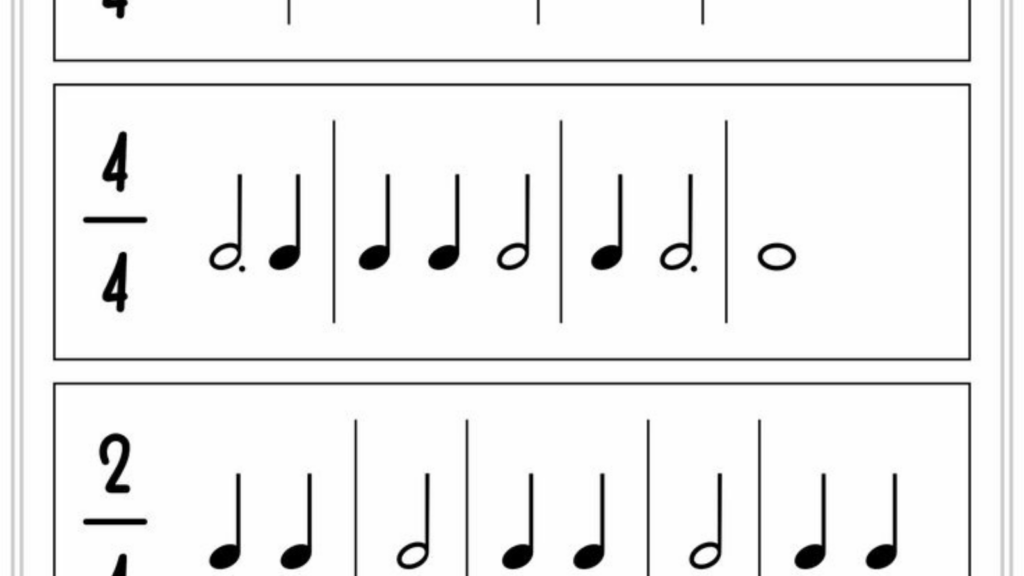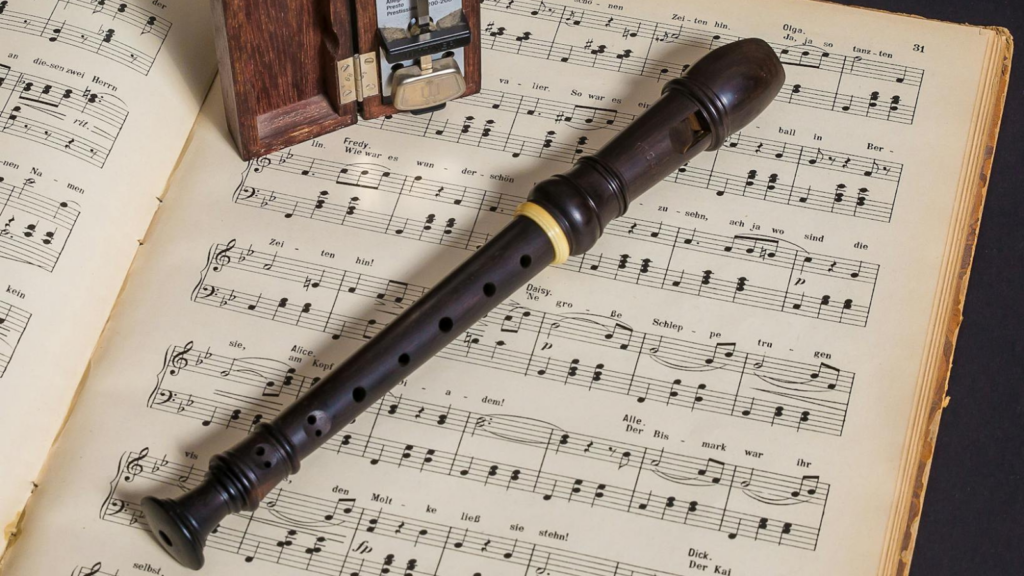Music is more than just notes and melodies. It’s the rhythm and meter that give the music its pulse, making us tap our feet and move to the beat. In the world of Curated News and Trends, staying informed about the latest insights in music can deepen our understanding of these elements. Understanding rhythm and meter is like learning the heartbeat of music. Find out what these terms mean and how they work together to create the music we love.
What is Rhythm?
Rhythm is the pattern of sounds and silences in music. Think of it as the timing of the notes. When you clap along to a song or tap your foot, you are feeling the rhythm. Rhythm can be fast or slow, simple or complex. It is what makes the music feel alive and moving.
Simple Rhythms
Simple rhythms are easy to understand and follow. They have a regular pattern that repeats. For example, a song with a steady beat like “Twinkle, Twinkle, Little Star” has a simple rhythm. You can clap along easily because the pattern is regular and predictable.
Complex Rhythms
Complex rhythms have more varied patterns. They might include quick notes, long notes, and pauses. These rhythms can make music more interesting and exciting. Songs with complex rhythms can be a bit harder to follow, but they add a lot of flavor to the music.
What is Metre?
This is how we organize rhythms in music. It is the pattern of beats that repeat over and over. Metre is like a framework that helps us understand and feel the rhythm. It is usually divided into measures or bars, which contain a set number of beats.
Common Time Signatures
The most common meters are 4/4 and 3/4. These numbers are called time signatures, and they tell us how many beats are in each measure.

– 4/4 Time: This is the most common time signature. This means that there are four beats in each measure. Songs with this meter include many pop, rock, and dance tunes. The beat is steady and easy to follow.
– 3/4 Time: This meter has three beats in each measure. It is often used in waltzes and gives the music a swinging, flowing feel. “Happy Birthday” is a well-known song in 3/4 time.
Uncommon Time Signatures
There are also uncommon meters, like 5/4 or 7/8. These create unique and interesting rhythms. Songs with these meters might sound a bit unusual, but they can be very exciting. For example, “Take Five” by Dave Brubeck is in 5/4 time and is famous for its unique rhythm.
How Rhythm and Meter Work Together
Rhythm and metre work together to create the structure of a song. The metre gives the framework, and the rhythm fills it in with patterns of sound and silence. This combination is what makes music feel organised and gives it a sense of movement.
Feeling the Beat
The beat is the steady pulse you feel in music. It is what you tap your foot to. In 4/4 time, the beat is usually counted as “1, 2, 3, 4.” Feeling the beat helps you stay in time with the music. Musicians often use the beat to keep everyone playing together.
Syncopation
Sometimes, rhythms can play with the beat by adding syncopation. Syncopation means putting emphasis on beats or parts of beats that are usually not stressed. This can make the music feel more interesting and lively. It is common in styles like jazz and funk.
Rhythm and Meter in Everyday Life
Understanding rhythm and meter is not just for musicians. We encounter them in our daily lives all the time. From the tick-tock of a clock to the patterns in speech, rhythm, and meter are all around us. They help us move, dance, and even speak with expression.
Dance and Movement
Dance is all about rhythm and meter. Dancers use the beat to keep in time with the music and move together. Different styles of dance have different rhythms and meters. For example, hip-hop dance often uses fast, complex rhythms, while a waltz has a smooth 3/4 meter.
Speech and Language
Even the way we talk has rhythm. Poets and writers use rhythm to make their words more expressive. When we speak, we naturally use patterns of stress and timing. This makes our speech more engaging and easier to understand.
Just as rhythm and meter create patterns in music, predictions for UEFA Euro 2024 rely on patterns in team performance and player statistics. Understanding these patterns can help fans and analysts predict the outcomes of matches and the tournament as a whole.
Learning Rhythm and Meter
Knowing about rhythm and meter can be fun and rewarding. Here are some simple ways to get started:
Clapping and Counting
Start by clapping along to your favorite songs. Try to find the beat and count along. This helps you get a feel for the meter.

Once you are comfortable with clapping, try tapping different rhythms on a table or with your hands.
Playing Instruments
If you play an instrument, pay attention to the rhythms and meters in your music. Practice playing along with a metronome, which is a tool that keeps a steady beat. This can help you stay on time and understand different meters.
Listening to Music
Listen to a variety of music styles and pay attention to the rhythms and meters. Notice how different genres use rhythm and meter in unique ways. Try to identify the time signatures of different songs.
Conclusion
Rhythm and meter are the heartbeat of music. They give structure and movement to the notes we hear. By understanding and feeling the rhythms and meters, we can enjoy music more deeply and even create our own. Whether you are clapping along to a simple beat or tapping out complex rhythms, you are connecting with the pulse of music.



